Research firm Gartner Inc. has identified the top 8 supply chain technology themes in 2021, based on their transformational potential and their ability to foster operational resiliency across business functions, technology, and service delivery.
The top supply chain technology themes in 2021 are:
- Hyperautomation
- Digital Supply Chain Twin
- Immersive Experience and Applications
- Edge Ecosystems
- Supply Chain Security
- Environmental Social Governance
- Embedded AI and Analytics
- Augmented Data Intelligence
“This year, we’ve decided to focus on broader, overarching technology themes rather than individual technologies,” said Christian Titze, VP analyst with the Gartner Supply Chain practice.
“This is because innovative technologies are often combined together in order to solve specific supply chain business problems,” Titze said.
Hyperautomation
Hyperautomation is the combination of technologies such as machine learning, AI and robotic process automation (RPA) that can facilitate or automate tasks that originally required some form of human judgment or action.
Gartner says that over the next 10 years, people and businesses will need to delagate more decision making tasks to these technologies. Hyperautomation will help automate transactional processes, such as order to cash and complex decision making, eventually augmenting human capabilities and supporting the creation of an autonomous supply chain.
Digital Supply Chain Twin (DSCT)
The DSCT is a digital representation of the physical supply chain. Gartner explains that it is the basis for local and end-to-end (E2E) decision making for the supply chain, which ensures this decision making is aligned horizontally and vertically throughout the network.
Immersive Experience and Applications
Immersive experience allows users to perceive and interact with the virtual world. Within supply chains, Gartner says that this technology has the potential to radically influence the trajectory of SCM.
“It presents new interaction models through the product life cycle, not only with humans, but with other processes, machines and applications,” Titze said.
“Pioneer companies already benefit from outcomes, such as safer working environments, faster repair times, improved work error rate, better collaboration and retention of skills and knowledge,” he further explained.
Edge Ecosystems
Edge ecosystems consist of edge computing and edge data processing applications. They allow supply chain technology leaders to reassign and replan large swaths of data processing capacity to the edges of enterprises, where things and people produce or make decisions. A good example are technologies used to track and monitor condition or temperature requirements across multiple phases of a product’s life cycle.
Supply Chain Security
Gartner explains that supply chain security brings together a more comprehensive approach to embrace security risks such as counterfeits or cybercrime holistically across the E2E supply chain. Digitally connected E2E networks is considered an aspirational goal for many orgs, which Gartner predicts will soon bring a new generation of scalable supply chain security technology solutions.
Related: Cyberattack on JBS not expected to impact Australian red meat supply chains
Environmental Social Governance (ESG)
Global supply chains have a pivotal role to play in their contribution to both map and assess ESG risks and opportunities.
“Organisations need technologies to map and prepare for ESG opportunities, risks and impacts. Failure to invest in tools and solutions that govern, predict and adapt to new ESG impacts could have a significant influence on brand or company image, customer value perception, and the cost and availability of goods,” Titze emphasized.
Embedded AI and Analytics
Embedded AI and analytics are software capabilities that deliver real-time reporting, interactive data visualisation and advanced analytics and intelligence directly into an enterprise business application. This stack of technologies, such as mobile robot controls or intelligent robotic picking systems, can be used in warehousing to further optimise operations.
Augmented Data Intelligence
Augmented data intelligence is a combination of several technologies that facilitate advanced data processing on top of a data lake/platform and further allow for the delivery of insightful information, predictions and suggestions.
“Supply chain organisations often don’t have all the information they need for good decision-making. Technology leaders look for a solution that helps them increase visibility and that generates insights from data,” Titze said.
“This is where augmented data intelligence comes in next to core business applications. These solutions have the capability to collect, correlate and analyze several data pipelines and provide leaders with the information they need,” he concluded.






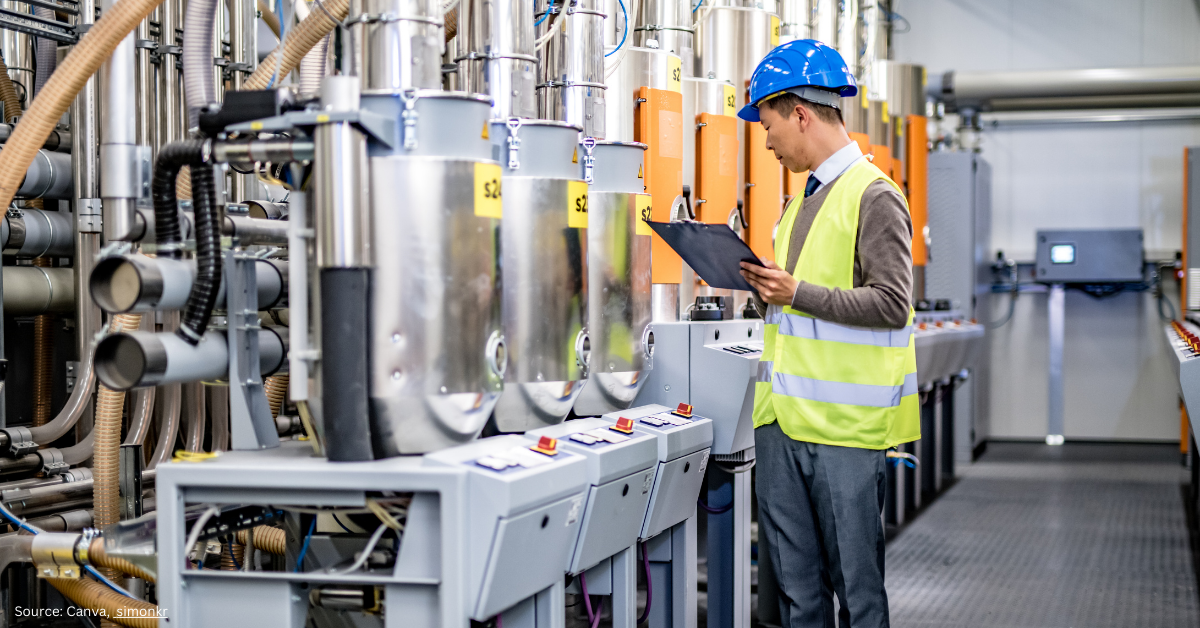





















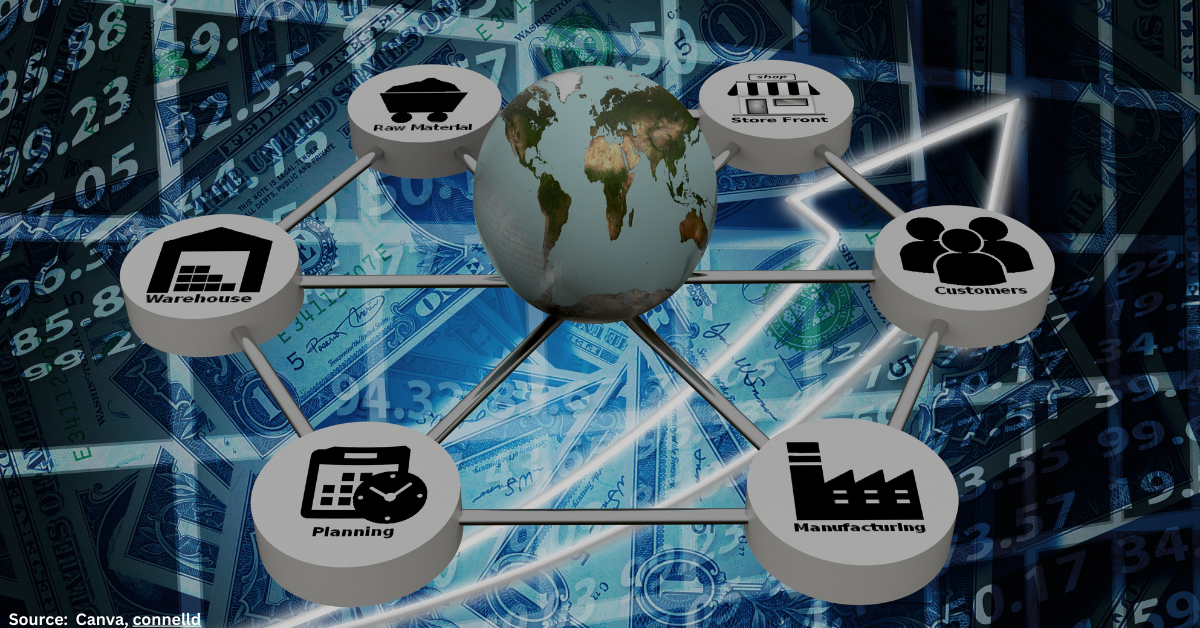







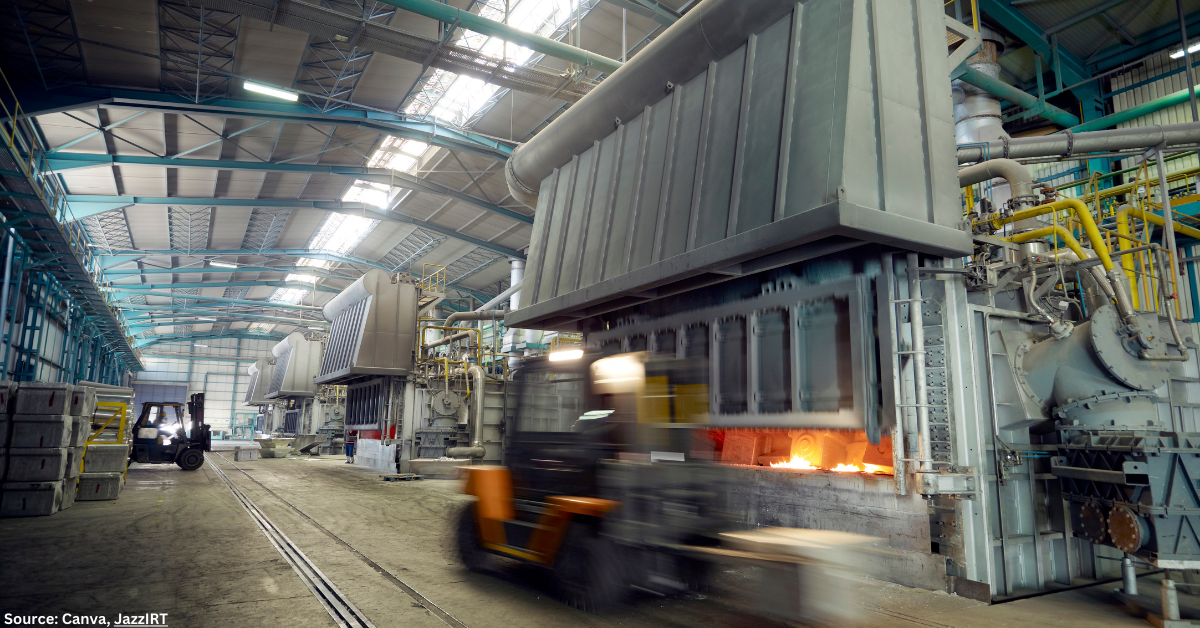
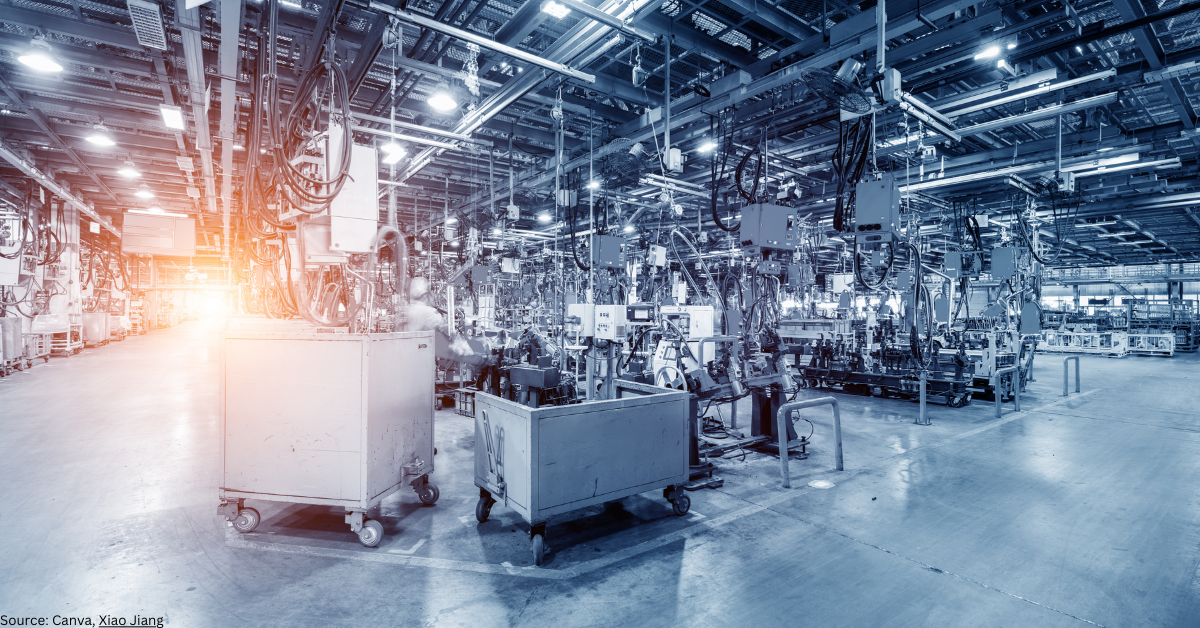
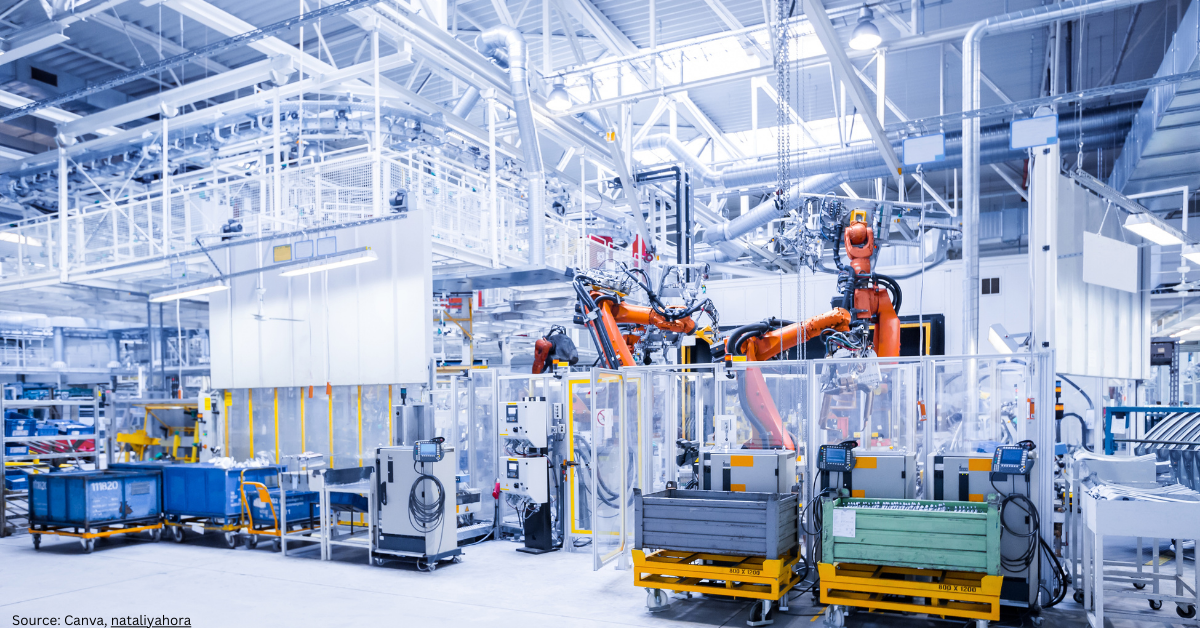























Follow us on social media